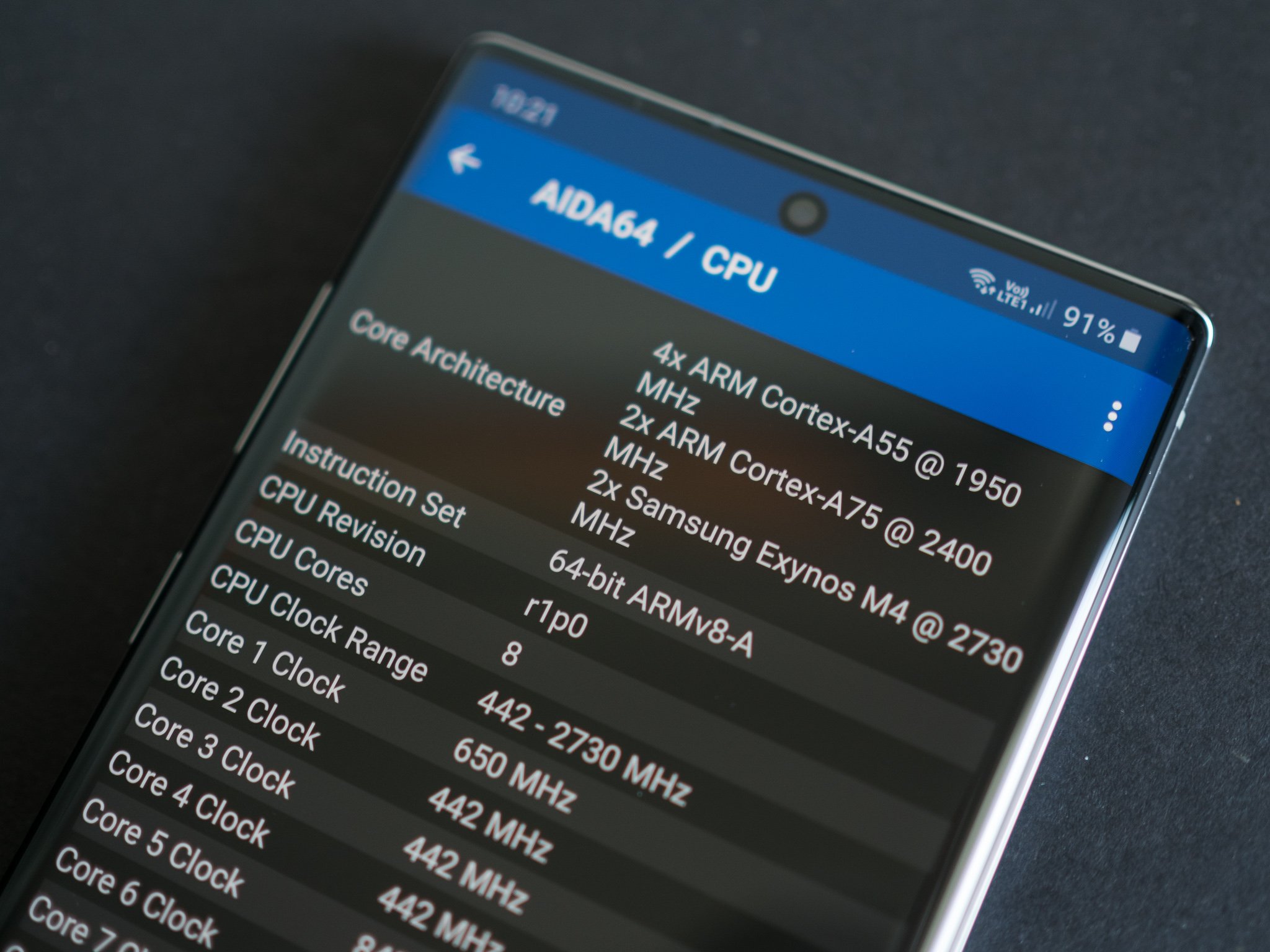Samsung is reportedly going the Qualcomm route and abandoning its custom Mongoose core.
What you need to know
- Samsung is reportedly getting rid of its custom cores and instead switching to ARM designs.
- The Mongoose core is currently in its fourth generation, but the core hasn't been able to hold up to Qualcomm's Kryo semi-custom design.
- Samsung is instead focusing on other areas as it looks to scale its Exynos platform.
Over the last decade, Samsung has invested significant resources in developing its own custom core. While Samsung uses Qualcomm designs for its U.S. and China flagships, it turns to its in-house Exynos SoCs for global markets, and Samsung SLI's Mongoose cores have featured heavily in Exynos chipsets starting with the Exynos 8890 in the Galaxy S7.
The Exynos 9825 variant of the Galaxy Note 10+ features the fourth generation of the Mongoose core, the M4, and while the CPU holds up pretty well in single-core scenarios — it outscores the Snapdragon 855's semi-custom Kryo 485 — it isn't quite on par at multi-core usage scenarios in spite of being on the same 7nm node. Then there's the issue with thermal management, with Exynos chipsets unable to deliver the same battery life as their Qualcomm counterpart.
It now looks like Samsung is pulling the plug on further development of the Mongoose platform altogether. The news comes by way of a tweet from Ice Universe, who states that Samsung is getting rid of the entire team at the Samsung Austin R&D Center (SARC), with the manufacturer instead opting to go with ARM cores in the future:
This seems to have come true. Samsung cut the entire Austin CPU team and will adopt the ARM CPU architecture in the future. This is good news. pic.twitter.com/EumBgSX337
— Ice universe (@UniverseIce) October 1, 2019
The move makes sense when you consider that after four generations, Samsung hasn't been able to match what Qualcomm is offering with its semi-custom design. Using off-the-shelf ARM cores would make it significantly easier for Samsung to introduce new chipsets, such as the 5G-integrated Exynos 980, which is based on ARM's latest Cortex A77 cores. Vivo is set to launch a phone later this year based on the Exynos 980, and Motorola's One Vision features the Exynos 9609 chipset.
Samsung has announced earlier this year that it will use AMD's Radeon graphics in its upcoming chipsets, so it is possible the company is moving away from investments that aren't generating results and instead focusing on areas where it can make a difference.
After all, Samsung hasn't been able to deliver meaningful results by tweaking ARM designs, so it makes sense to include off-the-shelf designs or go the Qualcomm way and make a semi-custom core. There's much more potential on the NPU side of things, an area where Samsung is currently laggging behind Huawei. Samsung is investing $115 billion in its foundry business over the next decade, so it isn't like the manufacturer is calling it quits altogether. It is instead making strategic bets in this sector, and that could turn out to be the difference in the long term.

Tidak ada komentar:
Posting Komentar